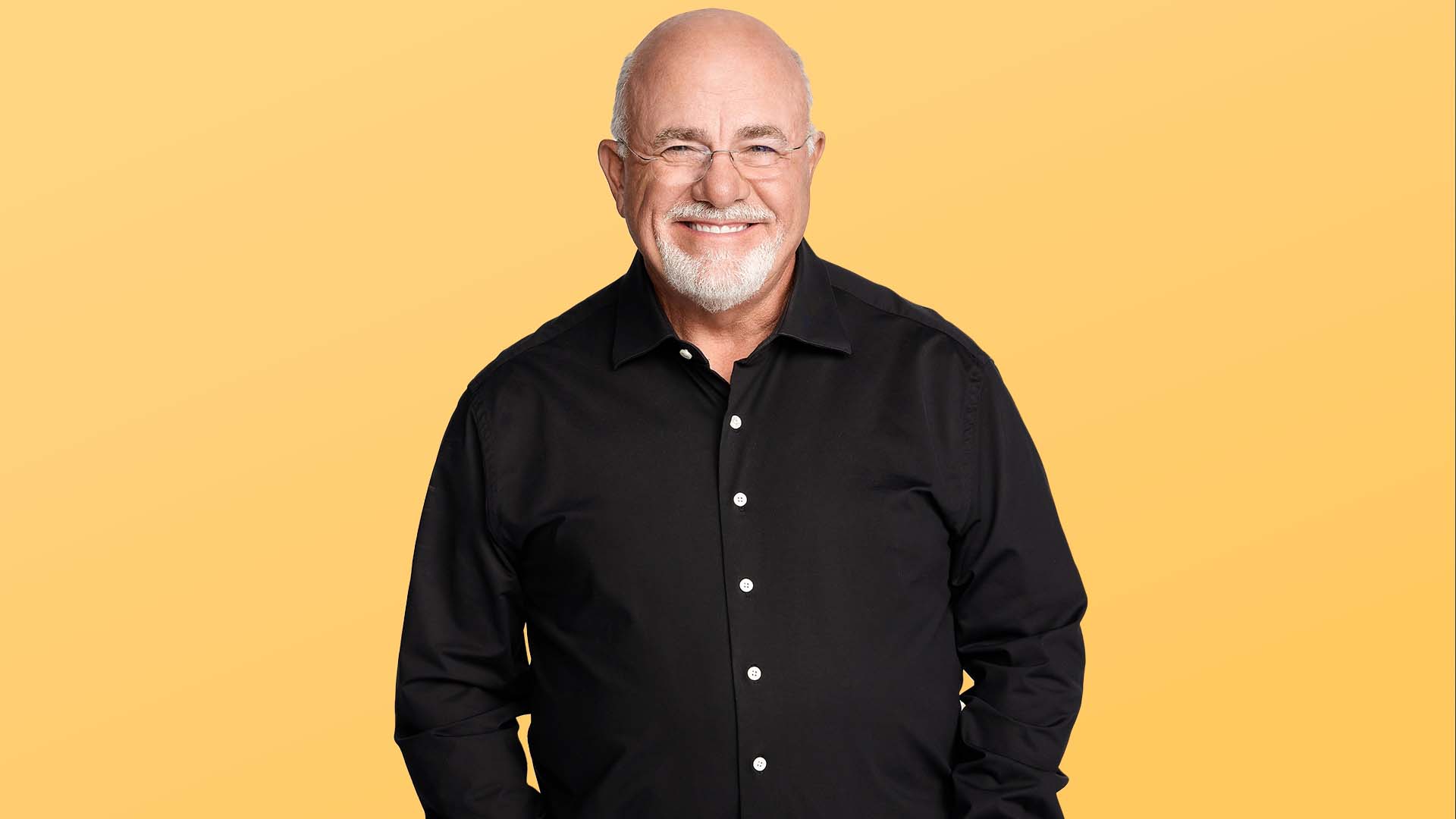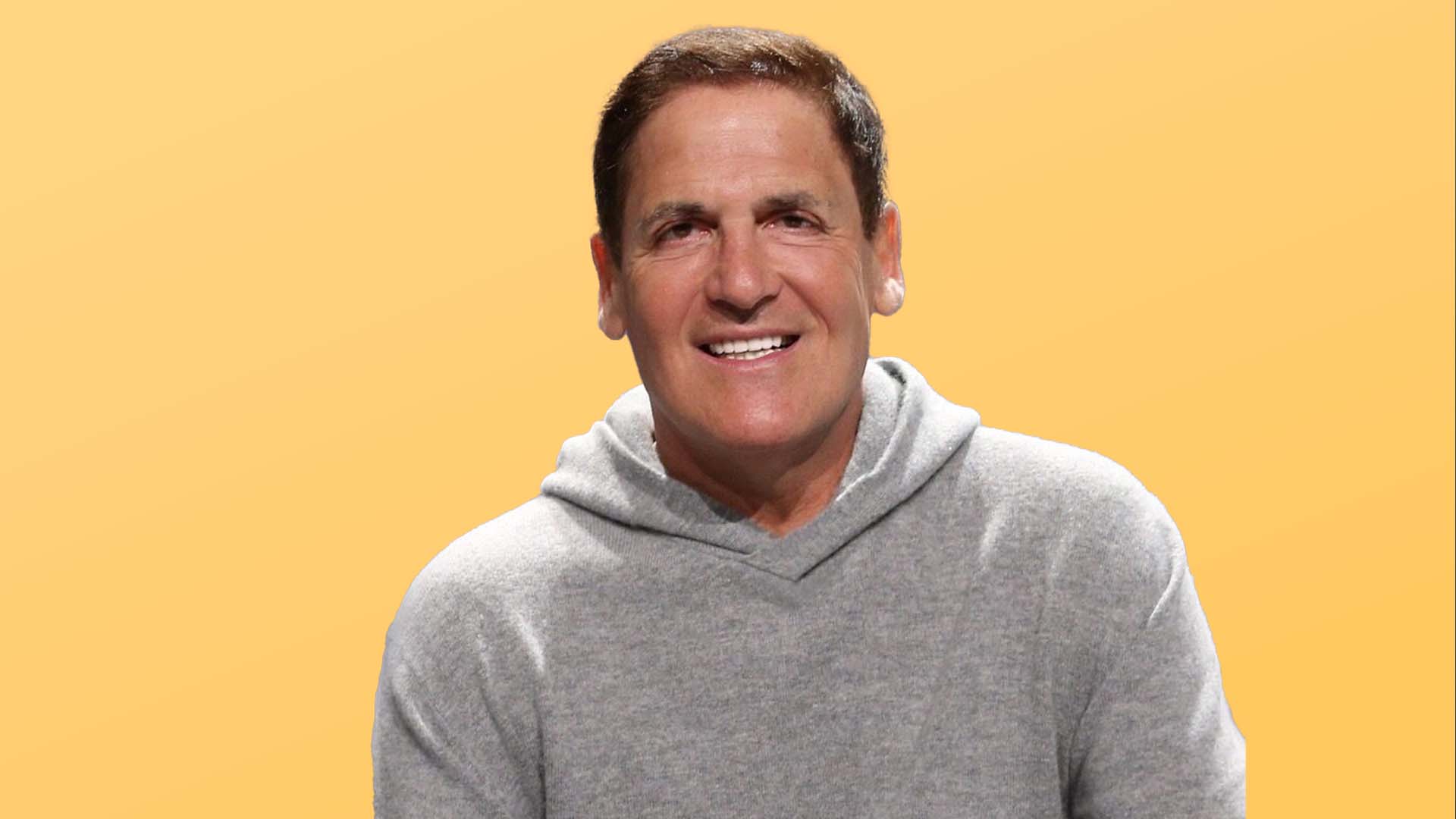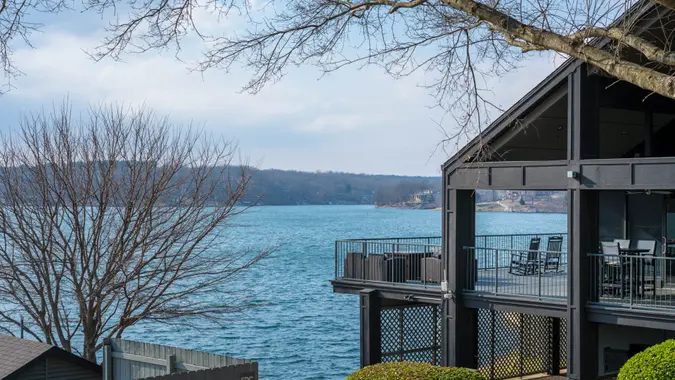5 States Where Retirees Are Paying the Highest Hidden Taxes and Fees

Commitment to Our Readers
GOBankingRates' editorial team is committed to bringing you unbiased reviews and information. We use data-driven methodologies to evaluate financial products and services - our reviews and ratings are not influenced by advertisers. You can read more about our editorial guidelines and our products and services review methodology.

20 Years
Helping You Live Richer

Reviewed
by Experts

Trusted by
Millions of Readers
When planning for retirement, you typically budget for expected expenses such as housing, utilities, fuel, food, and entertainment. However, many retirees don’t realize how much they’ll pay in unexpected costs, like taxes.
Property, sales, and state taxes, among others, can quietly erode your savings. This doesn’t even include the extra money you’ll pay in fees to maintain your property, which can creep into the thousands each year.
And before you know it, you’re running out of money and looking for a part-time job you really don’t want.
To help you avoid that eventuality, we’ve researched the five states where retirees are paying the highest hidden taxes without even realizing it.
What Are Those ‘Hidden’ Taxes for Retirees?
Before we get into which states have the most hidden taxes, let’s determine what we mean by “hidden.”
Hidden taxes and fees are the ones you don’t expect. They include:
- Maintenance, repair, and upkeep of parts of your property and home. This could be fixing your roof, dealing with plumbing, or updating your landscaping.
- Utilities hikes, like power bill increases.
- Property taxes and home insurance. These are major recurring costs that can vary widely depending on your state or county.
- Sales or excise taxes. You may pay general sales taxes, special levies on gas or utilities. And these can creep up on you fast.
- Homeowners Association (HOA) or other community maintenance or regulatory fees can become as high as a mortgage in some areas.
Why This Matters
As a retiree, you’re counting on a fixed income with a budget for obvious line items. But when any of your bills spike or your maintenance costs accelerate, your discretionary spending suddenly goes out the window. Now, you’re forced to cut back on your self-care or travel. It may even affect your housing stability.
5 States Where Retirees Are Secretly Paying Hidden Taxes and Fees
Hawaii
Hawaii has the highest annual hidden homeownership cost in the U.S. This comes to about $34,573 per year for maintenance, utilities, insurance, property taxes, internet and cable.
Because many retirees in Hawaii live in remote or island areas, utility costs, shipping or transport of materials, and insurance are also often higher. This is usually because of weather risk.
California
California homeowners face about $32,262 per year in hidden homeownership costs (maintenance, taxes, utilities, etc.)
To put this into perspective, this is almost 300% more than the average cost of a comfortable retirement in countries like Colombia or Greece, where you can retire for $1,000-$1,200 a month.
New Jersey
New Jersey also ranks among the top five states. This state sees hidden housing‐related costs of roughly $29,751 per year. Much of this is driven by high property taxes (around $10,485 a year), plus energy and utility costs.
These exorbitant prices are usually overlooked by retirees because they want to stay on the East Coast near family.
Massachusetts
Massachusetts is among the top five, with around $29,277 a year in hidden homeownership costs. Property taxes, utilities, and maintenance are major factors.
It’s a balance issue in this state because retirees love the state for its amazing healthcare, but expensive housing is a burden for many.
Washington
Washington is one of the top five states in hidden homeownership costs, with about $27,444 per year. Maintenance is particularly high in Washington.
Axios coverage may focus more on California, but Washington is consistently included in the Business Insider study as a state with heavy hidden cost burdens. The addition of high-income taxes only adds to these high hidden taxes and fees.
Planning Tips To Avoid or Mediate Those Costs
If you’re currently in retirement or planning to retire soon, here are some tips to mitigate your potential rising costs:
Estimate Your Total Home Costs Carefully
Use this data to see what homeowners in your prospective or current state actually pay in hidden costs.
Then, apply the “maintenance = ~2% of home value per year” rule for expected upkeep. That way, you’ll know what to expect and whether you’re willing to pay.
Don’t Forget Inflation, Aging Infrastructure, and Climate Risk
It’s important to realize that older homes often need repairs more frequently. Severe weather risk, like fires and floods, can raise your insurance premiums and your maintenance and repair costs.
Also, recognize that your rates tend to creep upward. These include your water, energy, and waste bills.
Consider Relocating or Downsizing
If you do come to see that your living costs are too high, move to a different state or country, even, where costs can be lower.
You can even simply move into a smaller home or one with lower maintenance demands. These shifts can result in large savings.
Take Advantage of Exemptions, Reliefs, and Credits
There are many great programs available to help keep costs affordable for seniors. These include:
- State and local property tax relief for seniors or disabled persons.
- Utility or energy assistance programs.
Figure out whether your state offers tax breaks on retirement income or property for older homeowners.
Budget for Irregular Costs and Fees
It’s just a good idea in general to set aside a “rainy‐day” fund for large maintenance items. That way, you won’t be surprised by roof repair, new HVAC systems, or plumbing issues.
Also, always be on the lookout for special assessments, HOA fees, and local fee increases.
In the end, retirees who picture retirement costs only in terms of income taxes, healthcare, and daily living expenses can be caught off guard by hidden, recurring fees. Many homeowners in states like Hawaii, California, New Jersey, Massachusetts and Washington struggle with just such problems. News outlets report these states as places where homeownership is especially expensive in ways that go beyond the mortgage or visible bills.
By paying close attention to these hidden costs, doing local research, and planning ahead, retirees can better guard their savings and maintain more financial stability and peace of mind.
More From GOBankingRates
 Written by
Written by  Edited by
Edited by 







































































































